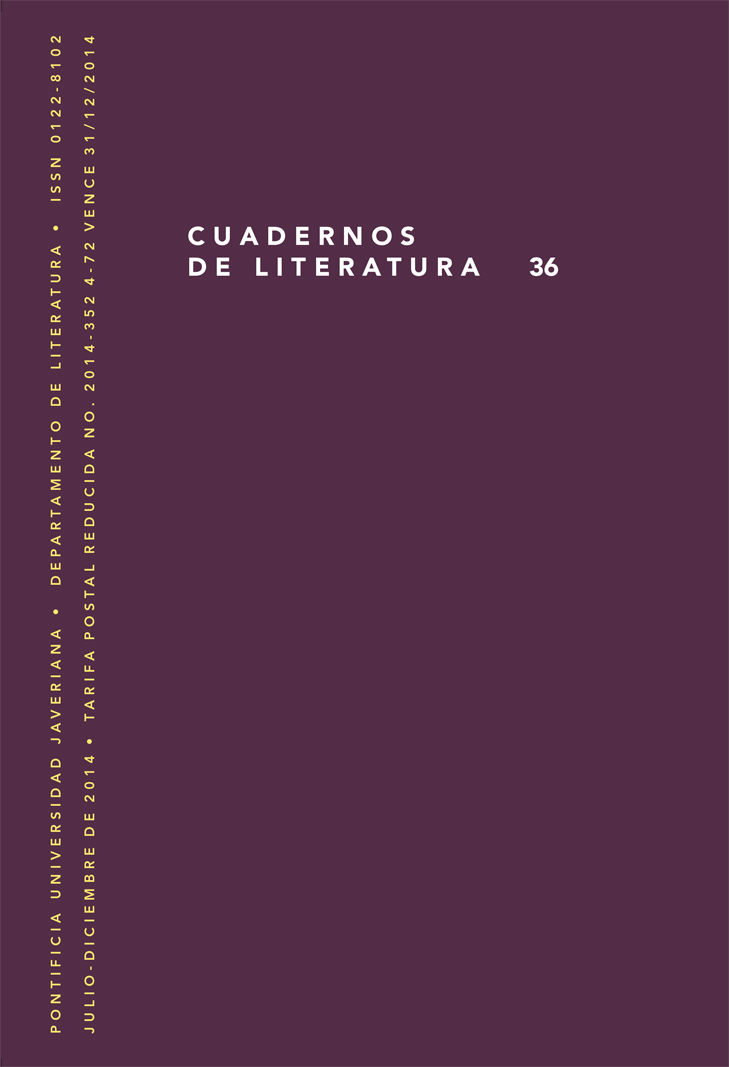Abstract
Entre los numerosos relatos que la guerra de Malvinas (1982) suscitó del lado argentino, son frecuentes las apariciones de seres caracterizados como monstruosos: bestias inhumanas, fantasmas, muertos vivos, cuerpos destrozados, etc. Estos suelen ser narrados en clave grotesca, es decir, a partir de una mezcla de lo cómico y lo trágico en la que, sin embargo, el énfasis está puesto en lo trágico, de modo que lo grotesco deviene siniestro. Aunque concebir un monstruo es ante todo concebirlo en su diferencia, en su absoluta heterogeneidad, según la concepción freudiana lo siniestro se produce ante el retorno de aquello que alguna vez fue familiar, pero se volvió extraño en el proceso de represión. En este marco, en este trabajo nos proponemos analizar algunos de los relatos de Malvinas con el objeto de comprender qué es aquello que vuelve familiares —y, por lo tanto, aterradores— a los monstruos que proliferan en ellos.Cuadernos de Literatura is registered under a Creative Commons Attribution 4.0 International Public License. Thus, this work may be reproduced, distributed, and publicly shared in digital format, as long as the names of the authors and Pontificia Universidad Javeriana are acknowledged. Others are allowed to quote, adapt, transform, auto-archive, republish, and create based on this material, for any purpose (even commercial ones), provided the authorship is duly acknowledged, a link to the original work is provided, and it is specified if changes have been made. Pontificia Universidad Javeriana does not hold the rights of published works and the authors are solely responsible for the contents of their works; they keep the moral, intellectual, privacy, and publicity rights.
Approving the intervention of the work (review, copy-editing, translation, layout) and the following outreach, are granted through an use license and not through an assignment of rights. This means the journal and Pontificia Universidad Javeriana cannot be held responsible for any ethical malpractice by the authors. As a consequence of the protection granted by the use license, the journal is not required to publish recantations or modify information already published, unless the errata stems from the editorial management process. Publishing contents in this journal does not generate royalties for contributors.


